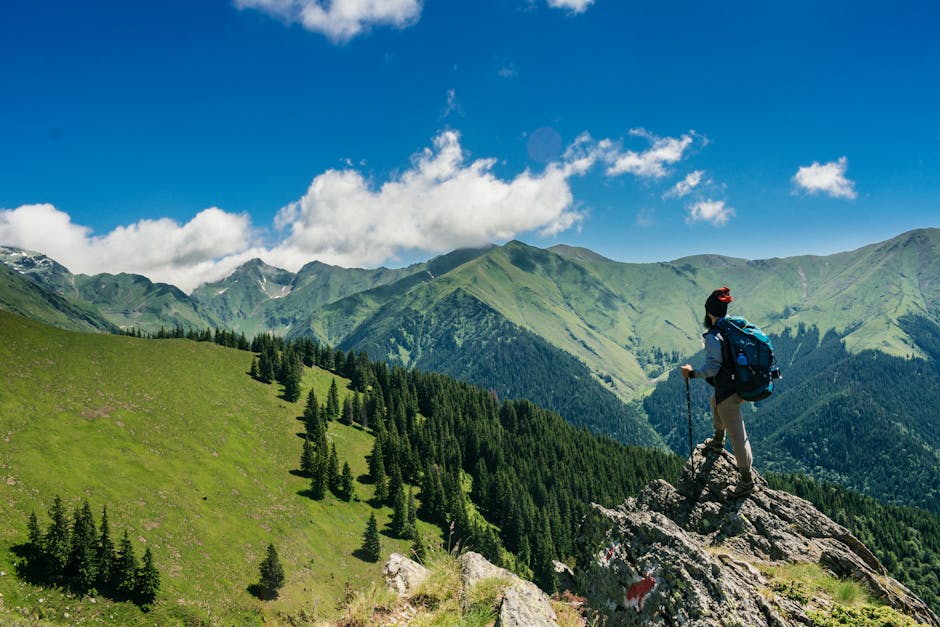
In an era where urbanization is rapidly reshaping our landscapes, the importance of green spaces within cities has never been more critical. Urban green spaces, such as parks, gardens, and green rooftops, offer not only aesthetic beauty but also a myriad of benefits that enhance the quality of life for city dwellers. As cities grow denser, the question arises: how can these green spaces transform our urban environments and the lives of those who inhabit them?
The role of urban green spaces extends far beyond mere recreation. Research has shown that these areas contribute significantly to improving mental health, promoting physical activity, and fostering social connections among residents. In a world where stress and anxiety are prevalent, green spaces provide a necessary refuge, allowing individuals to escape the hustle and bustle of city life. The presence of trees, plants, and open areas can reduce feelings of isolation and promote a sense of community, inviting people to gather and interact.
Moreover, urban green spaces play a critical role in combating climate change and improving air quality. As cities become increasingly polluted, the need for natural filtration systems becomes paramount. Trees and plants absorb carbon dioxide, releasing oxygen and filtering out pollutants from the air. Additionally, green spaces can help mitigate the urban heat island effect, where cities experience higher temperatures than surrounding rural areas due to human activities and infrastructure. By incorporating more greenery into our urban designs, we can create cooler, cleaner environments for everyone.
The economic benefits of urban green spaces cannot be overlooked either. Properties located near parks and green areas tend to have higher market values, making them attractive to potential buyers and investors. Furthermore, these spaces can boost local economies by attracting tourists and encouraging outdoor activities, leading to increased foot traffic for nearby businesses. The investment in parks and green areas is, therefore, not just a matter of aesthetics but a sound economic strategy that pays dividends in the long run.
Lastly, the integration of green spaces into urban planning can enhance biodiversity and promote ecological balance. Cities have the potential to become havens for various species of flora and fauna, providing habitats that may otherwise be lost to development. By creating interconnected green corridors, we can facilitate the movement of wildlife, support pollinators, and preserve native species, ultimately contributing to a healthier ecosystem within urban settings.
In conclusion, the transformation of city living through urban green spaces is a multifaceted issue that encompasses mental health, environmental sustainability, economic growth, and biodiversity. As we continue to navigate the challenges of urbanization, it is essential to prioritize the development and maintenance of these vital areas. Investing in green spaces is not merely an enhancement of our urban landscape; it is a necessary step towards creating healthier, more resilient cities for future generations. Embracing the integration of nature into urban life can lead to profound changes, making our cities not only livable but thriving ecosystems that nurture both people and the planet.
